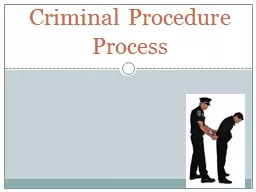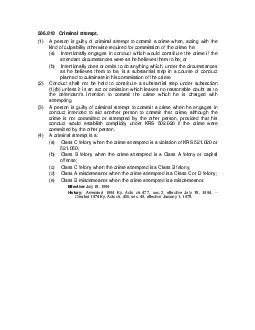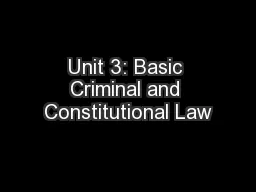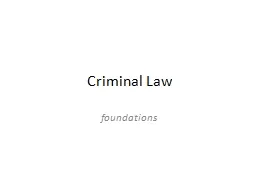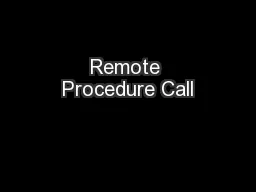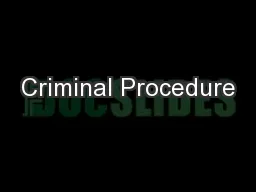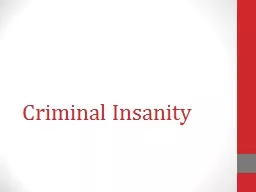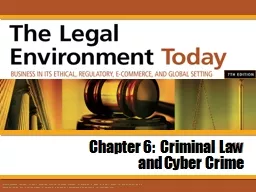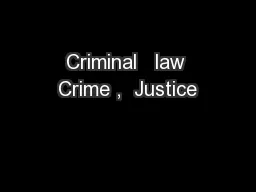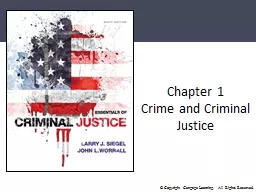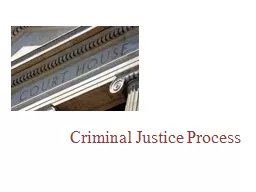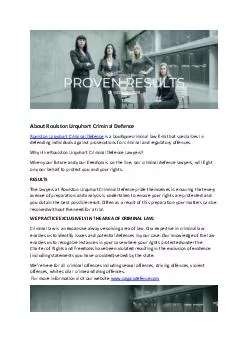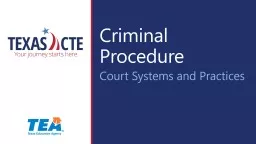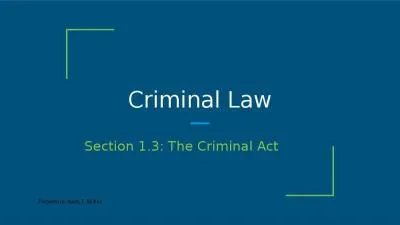PPT-Criminal Procedure Process
Author : warlikebikers | Published Date : 2020-06-24
Basic Courtroom Vocabulary Probable Cause what the prosecution must have to get a warrant for investigation Plea Bargain negotiation btw the prosecution and
Presentation Embed Code
Download Presentation
Download Presentation The PPT/PDF document "Criminal Procedure Process" is the property of its rightful owner. Permission is granted to download and print the materials on this website for personal, non-commercial use only, and to display it on your personal computer provided you do not modify the materials and that you retain all copyright notices contained in the materials. By downloading content from our website, you accept the terms of this agreement.
Criminal Procedure Process: Transcript
Download Rules Of Document
"Criminal Procedure Process"The content belongs to its owner. You may download and print it for personal use, without modification, and keep all copyright notices. By downloading, you agree to these terms.
Related Documents

